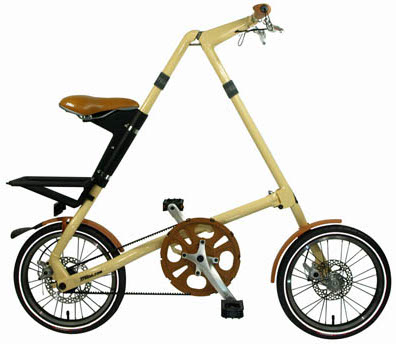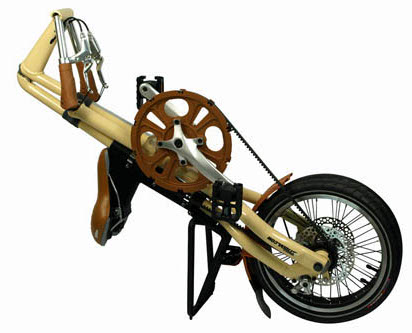Apologies, the below is automatically created by WordPress. It is mainly interesting for me, myself and I…
The stats helper monkeys at WordPress.com mulled over how this blog did in 2010, and here’s a high level summary of its overall blog health:

The Blog-Health-o-Meter™ reads Wow.
Crunchy numbers
About 3 million people visit the Taj Mahal every year. This blog was viewed about 25,000 times in 2010. If it were the Taj Mahal, it would take about 3 days for that many people to see it.
In 2010, there were 29 new posts, growing the total archive of this blog to 103 posts. There were 50 pictures uploaded, taking up a total of 3mb. That’s about 4 pictures per month.
The busiest day of the year was December 6th with 282 views. The most popular post that day was So what did I learn at Online Educa 2010?.
Where did they come from?
The top referring sites in 2010 were twitter.com, hansdezwart.info, moodle.org, siloinsiproche.com, and dommel-valley.org.
Some visitors came searching, mostly for imdb api, teaching, moodle 2.0, segway, and elgg.
Attractions in 2010
These are the posts and pages that got the most views in 2010.
So what did I learn at Online Educa 2010? December 2010
10 comments
Did You Know Moodle 2.0 Will….? (Online Educa 2009) December 2009
34 comments
Where is IMDB’s API? May 2009
4 comments
Moodle Books from Packt Publishing January 2009
12 comments
The Future of Moodle and How Not To Stop It (iMoot 2010) February 2010
11 comments








